Viola da gamba Bass
Joachim Tielke, Hamburg, 1683
Ex Christian Döbereiner, ex Eva Heinitz
Catalog 108 – Viola da gamba, bass, Joachim Tielke – Hamburg, 1683
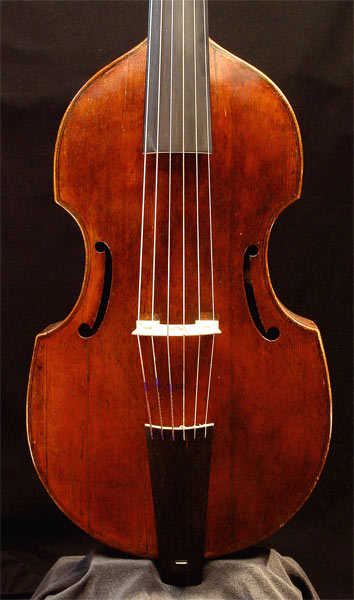 |
 |
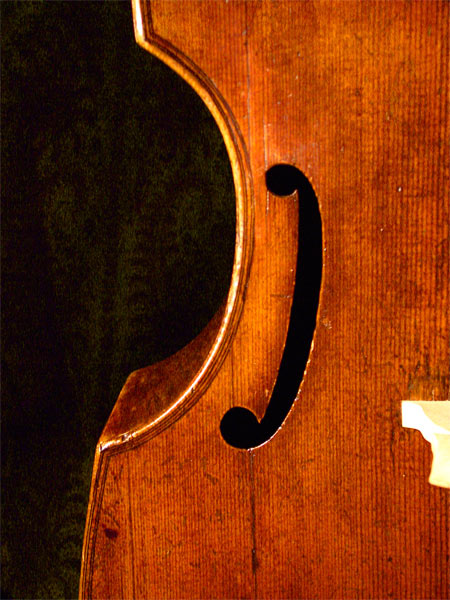 |
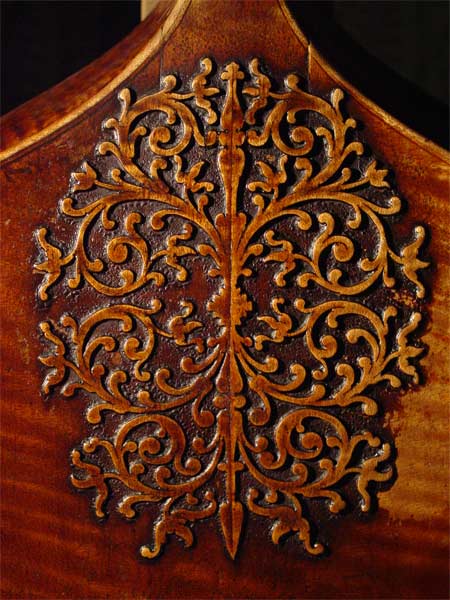 |
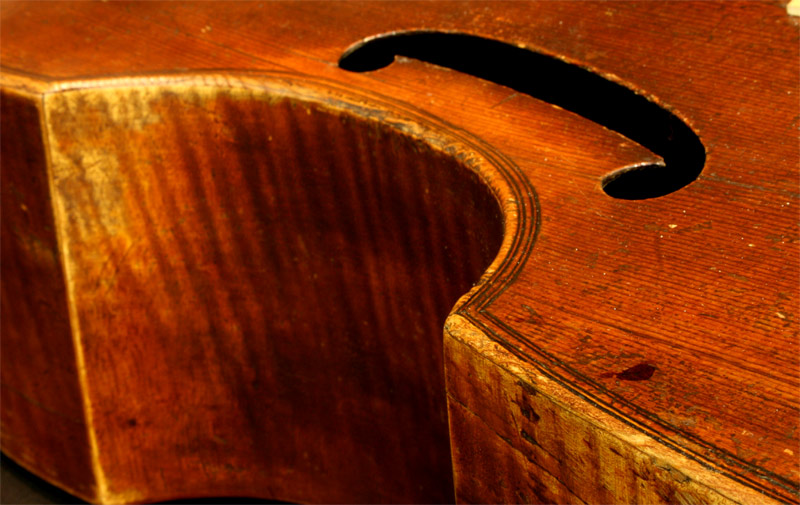 |
|
Although Joachim Tielke is often referred to as the “Stradivarius of the viola da gamba” and enjoyed an international reputation, the question has been raised as to whether he was a real instrument maker at all or merely a dealer, selling the wares worldwide from innumerable Hanseatic instrument suppliers. Nevertheless, the “Tielke” violas da gamba were praised for their “strong and brilliant sound” even towards the end of the 18th C. and were instruments of choice for solo playing. Duke Johann Ernst III of Weimar, where Bach was employed, played on a Tielke, which is preserved in his estate (Sammlungen der Klassik Stiftung Weimar).
Tielke had a penchant for richly decorated instruments: nothing was spared in the accoutrements, often employing ivory and ebony garlands and flowers, tortoise shell, carved heads: a clear sign that these instruments were destined for the affluent aristocratic and patrician clientele. Our example bears the carved head of a woman, in the style of the galleon figures of Hanseatic ships, crowning the pegbox, carved à-jour (perforated), with vegetal and flower motifs and a cupid entwined in the foliage.
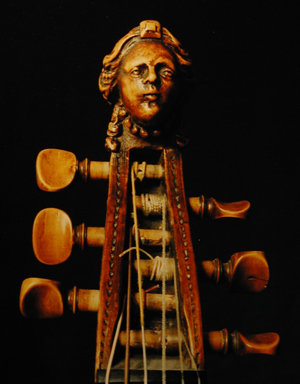 |
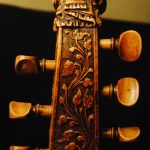 |
 |
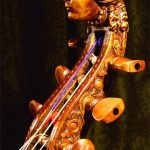 |
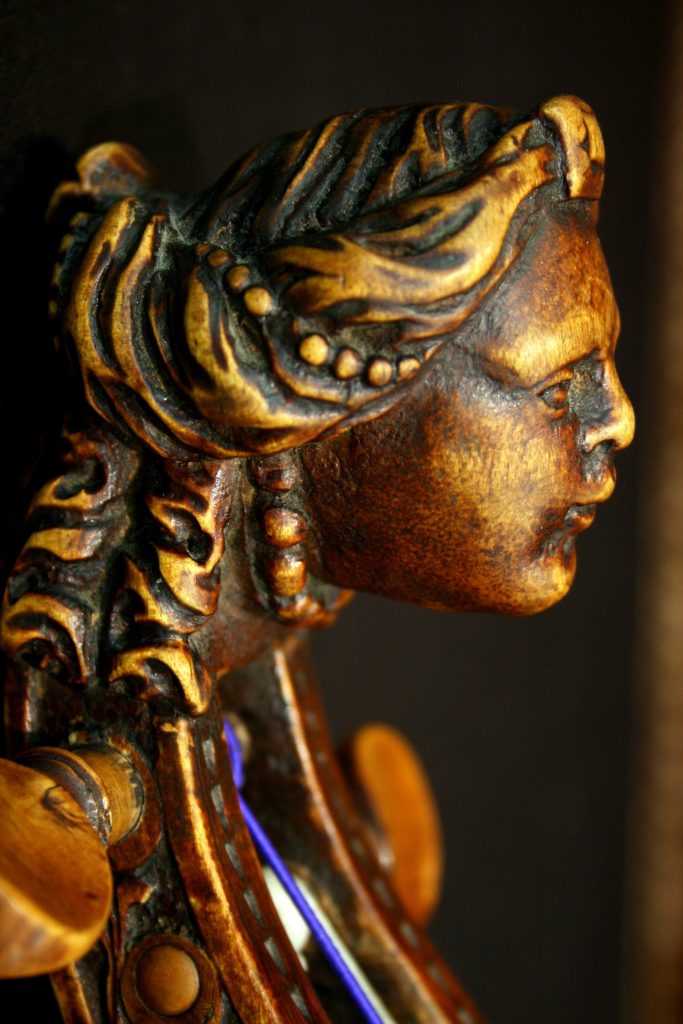 |
|
The Tielke viola da gamba in the collection has an illustrious past, quite a remarkable one! It made history throughout the 20th Century!
In the year 1905 Christian Döbereiner (1874-1961) had his portrait taken with the Tielke viol. He was a real pioneer spirit in the service of Early Music. Döbereiner founded the “Verein für Alte Musik München” (Association for Early Music Munich), he defended like a true Ajax the use of historical instruments at a time when one could experience the premiere of a Mahler Symphony! And this he did under great personal initiative and – to a good extent – also great personal sacrifice. Most likely with this very same viol he performed in the first integral, unabridged performance of the St- Matthew Passion by Bach, which took place in Munich in 1906 and included both arias on a viola da gamba. He went on tour with this viola da gamba all over Spain in the 1920’s: press reports and critics report of the grand successes of his concerts. A part of the Döbereiner archive has been courteously placed at our disposal by his grandson, Klaus Döbereiner, which is being analysed and studied at present. This includes recordings on the Tielke viol! (Christian Döbereiner ordered and owned the Baryton by Jaura in our collection).
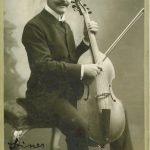 |
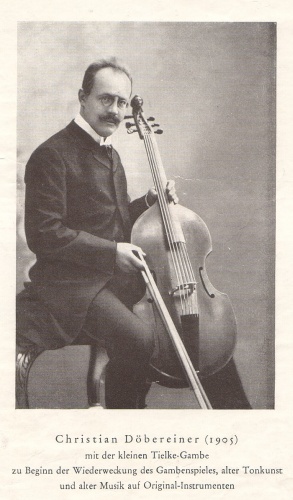 |
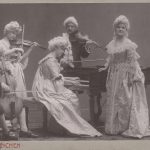 |
 |
 |
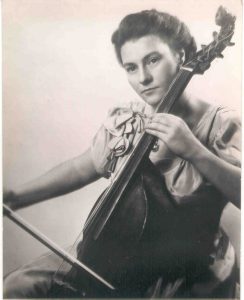 |
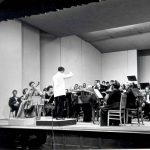 |
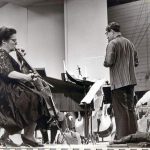 |
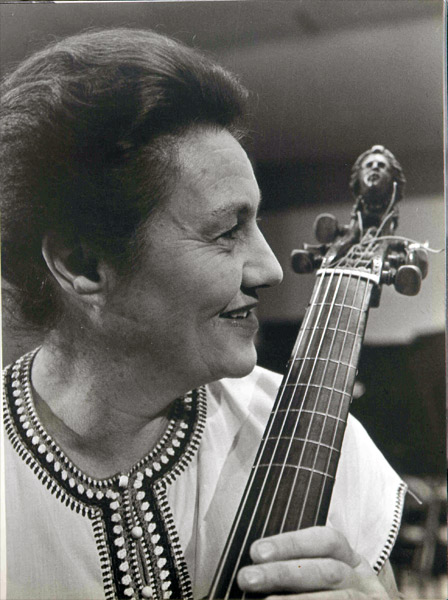 |
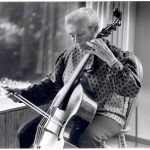 |
| Body length | mm |
|
Upper width
|
mm |
| Middle width | mm |
| Lower width | mm |
| Rib height | mm |
| String length | mm |